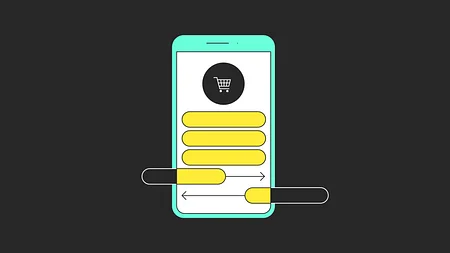Why startups often get CRM wrong
A guest post by Jessica Holzbach, Head of Customer Relations at Penta
CRM is often misconstrued or just written off as email marketing. As such, startups often forget to factor in true customer retention management into their marketing strategies, until they have too many customers that their current methods are not scalable.
Before I joined Penta, I was interviewed by a Berlin based fintech for its CRM Manager position. I took the shot only to find my doubts to be proven true: what they have in mind when they think about “CRM Management” is a fancier word for doing eMail marketing campaigns.
No common definition of CRM
However, this was not a problem specific to this one fintech. I started to look into different job listings, read through all the required job qualifications and realized that they vary widely, and there seems to be no common understanding of what CRM really is, in startups and corporates alike. Within the startup environment, CRM Managers are mainly e-mail marketers, while within corporates a Customer Relationship Manager just performs and improves the existing CRM software. In the aforementioned job listings, there was nothing mentioned about customer service, sales and after-sales, or marketing and customer centric end-to-end processes. Nothing about the whole picture of CRM – and I realized, it’s a common problem in the startup world today.
Defining CRM - a philosophy not a department
Putting all the fancy definitions aside, the definition that really stuck with me in the early days of my career, is also the most accurate one: get, keep & grow customers.
It becomes obvious that this definition of customer relationship management overlaps into several traditional fields:
- “Get” collides with Marketing and Sales,
- To “keep” and “Grow” your CLTV (customer lifetime value) you have to excel at Service as well as IT and Analytics.
- How can you ensure that you will provide an individualised, customized but also safe and trustworthy experience to everyone?
- How can you truly know your customers?
- How can you provide products and services to your customers, right at the time they need them most, maybe even before they realize that they need it, without interfering with data privacy regulations?
- Structure your data to give you a 360 degree view on your customers and their needs at any time.
- Make use of best practices on which data to look into and how to connect different kinds of information. In B2C it might be interesting to know the birthday of a customer, in order to wish them happy birthday, or to give them a special offer. In B2B it may be good to know what industry the company is in, in order to give them an experience tailored to their company’s needs.
The formula is simple: get new customers through a unique value proposition, keep them by offering personalized content, and grow them by adding services that they really need.Jessica Holzbach is the Head of Customer Relations at Penta, a digital bank for SMEs in Berlin, Germany. You can contact her at jessica@getpenta.com or follow her at @jessica_hbach. For more information about Penta check out www.getpenta.com.



